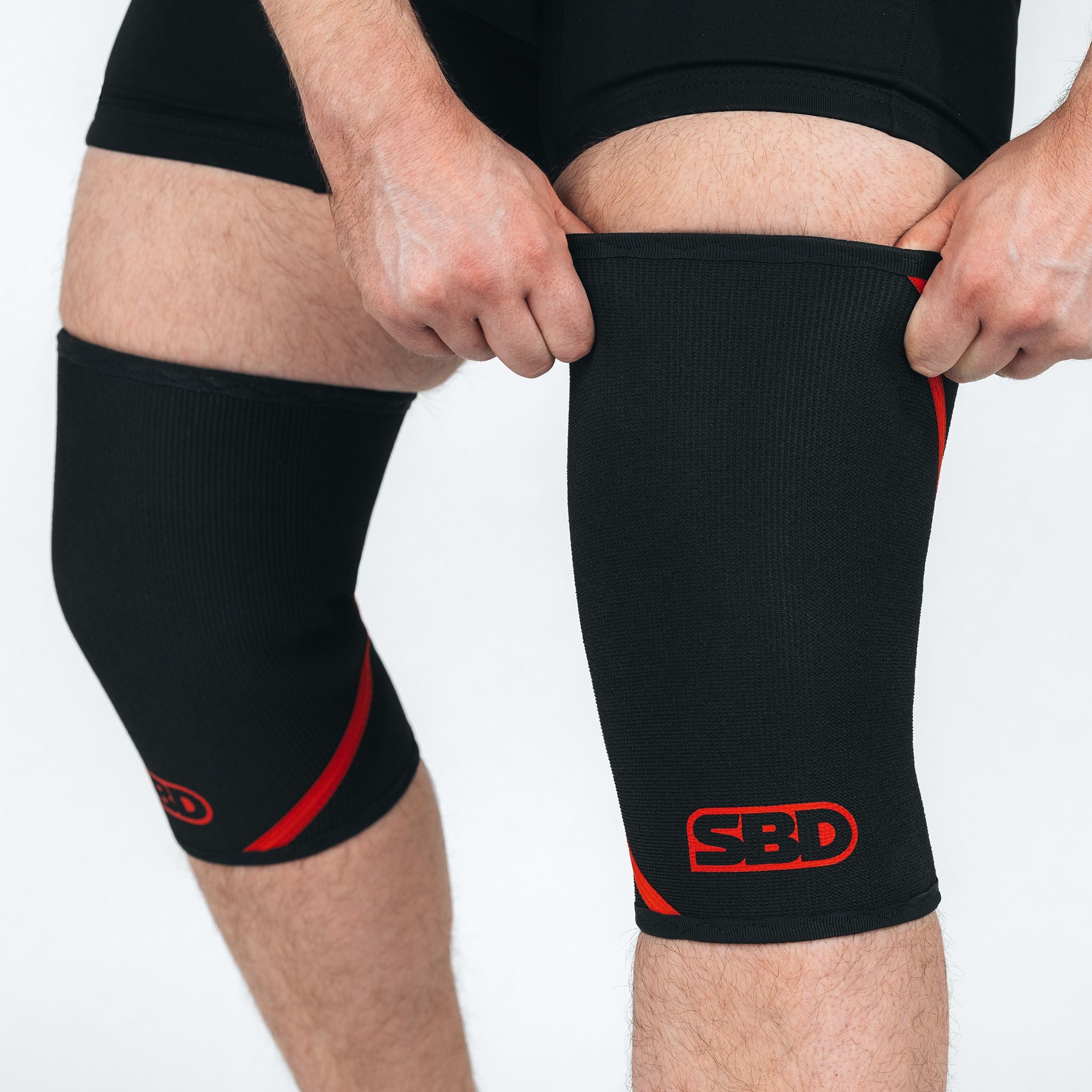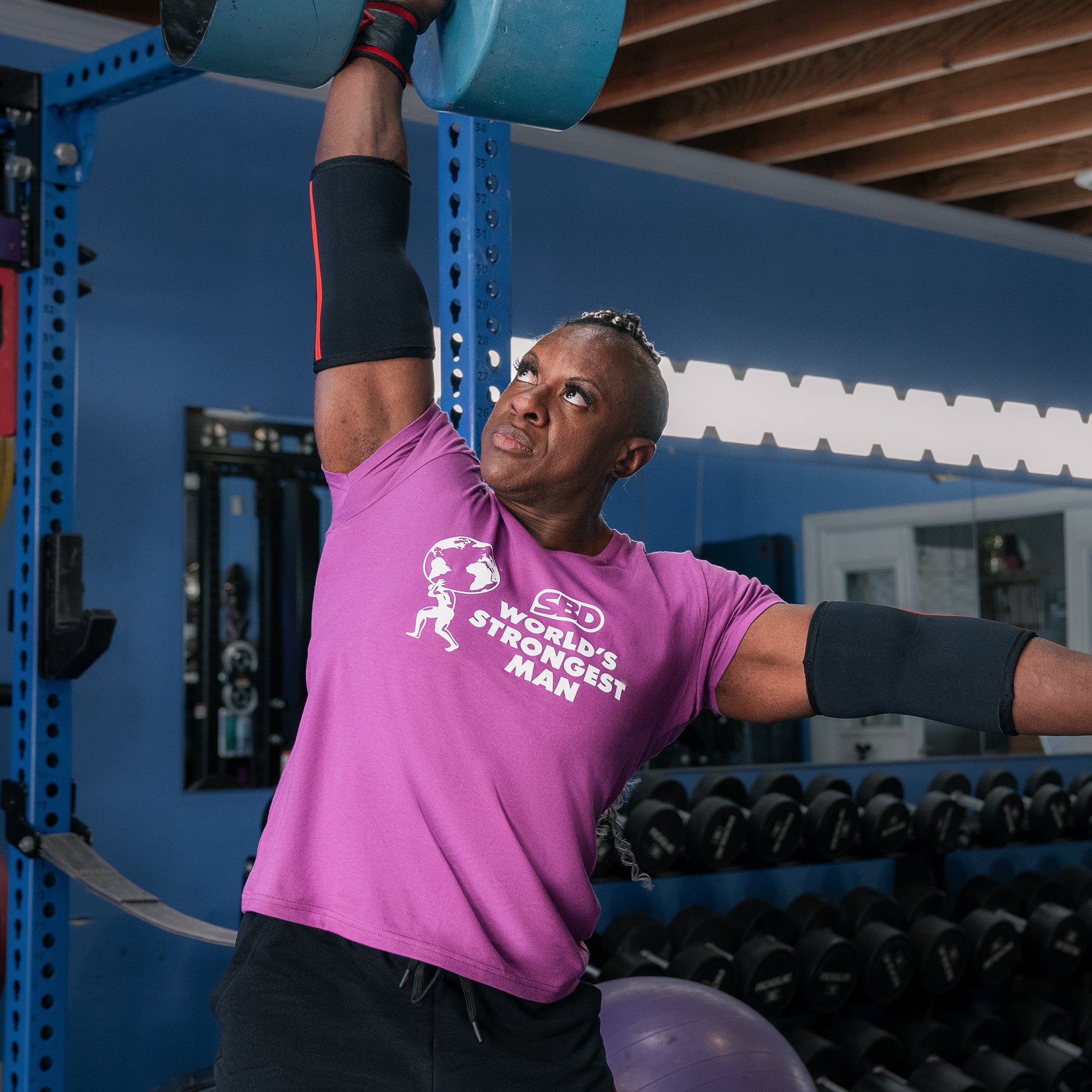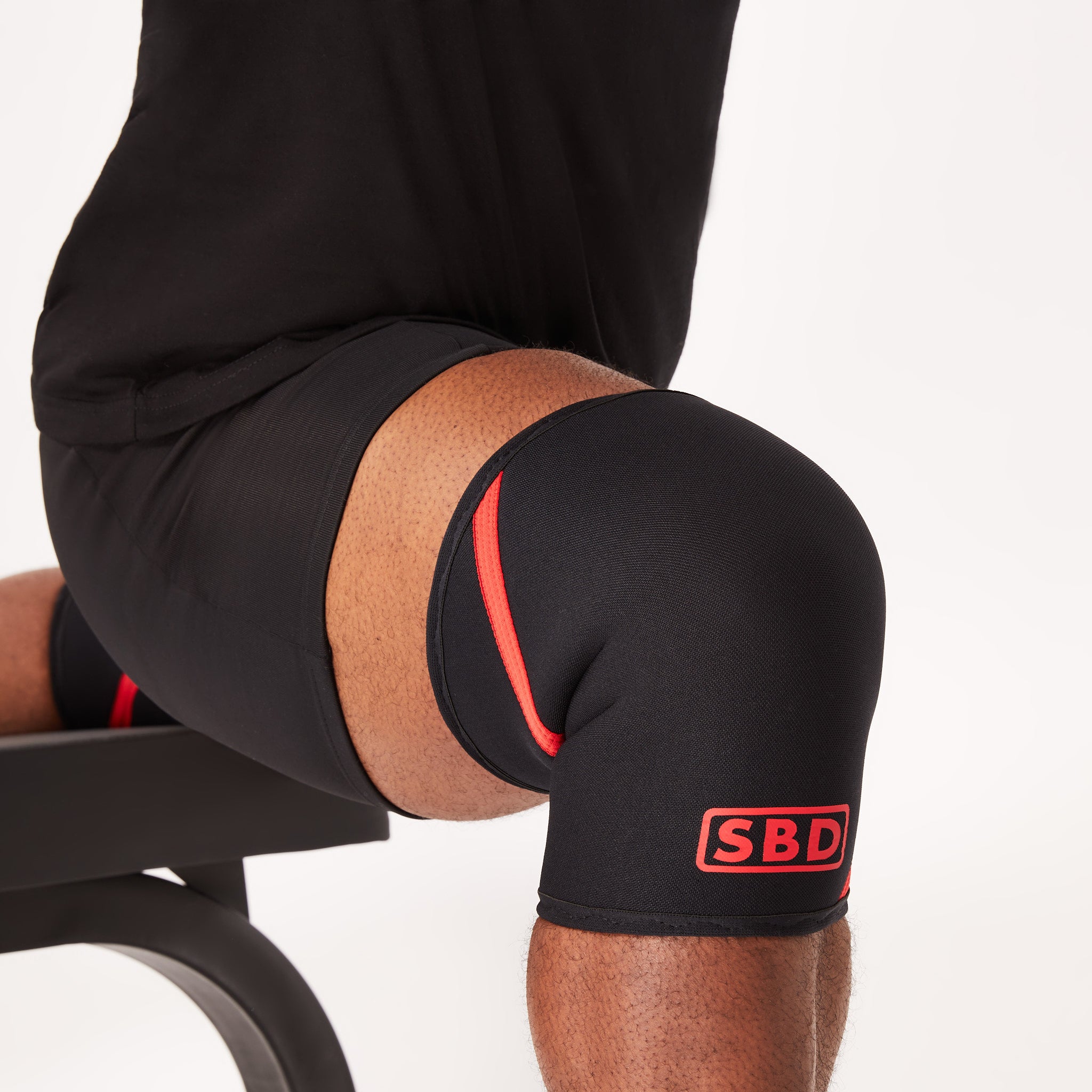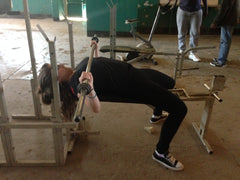Spreading Strength and Uplifting Lives through Powerlifting in Zimbabwe
by Nicola Paviglianiti
What does a simple set of weights have to do with changing the world? Through my own powerlifting story and Masters research abroad I was determined to find out.
In my own life, I have experienced and witnessed the power of the barbell and the powerlifting community. I’ve also come across a common love of lifting in a variety of unexpected places through my training and travels across Canada and around the world – Kenya, China, Italian hill towns, a basement in Denmark, you name it! As a result, I was curious as to the role strength training (and powerlifting in particular) could have in assisting and uplifting marginalized communities.
Powerlifting is a sport that requires very minimal equipment, and is accessible for all genders, ages, and body-types including para-athletes. What could the impact be? In what areas could we potentially use the sport for positive change?
This led me to conduct my Master’s thesis research in Zimbabwe as I completed a post-graduate dual-degree in International Humanitarian Action. I connected with the grassroots charity Lift4Life, that since 2015 has been in partnership with communities in Zimbabwe helping provide funds and support to build gym equipment locally, as well as resources for local athletes. This context and the collaboration with the local community provided a very unique opportunity for me to study the reality and experiences of lifting participants and beneficiaries more formally and fully, as well as understand powerlifting’s potential relationship to accomplish humanitarian objectives.
So with a lot of faith and support from friends and family around the world, I trusted the process (a similar feeling to stepping up to the powerlifting platform!) and booked a plane ticket to Harare, Zimbabwe. Little did I know all the lifting and learning that was to come.
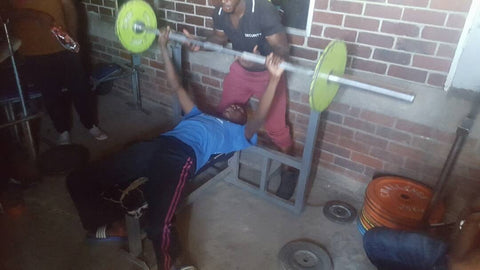
Local lifting in the community of Glen Norah in Harare, Zimbabwe. The gym is a small room containing rocky uneven floors and no electricity.
My Research
Humanitarian concerns in Zimbabwe are dire, and over the last decade, Zimbabwe has experienced a number of unprecedented economic, environmental and political shocks and stresses with long-lasting impacts. Poverty, food insecurity, malnutrition, and environmental degradation are serious challenges, and basic commodities and services are beyond reach for much of the population. A lack of running water. An unemployment rate upwards of 95%. A country swamped in sanctions.
The aim of my research was to examine and share participants’ experiences of lifting weights and the sport of powerlifting in high-density suburbs in Harare, the capital of Zimbabwe. Within this particular humanitarian context, the role, impact on livelihoods, and utility of the sport of powerlifting and lifting weights in community gyms was addressed. I travelled to Zimbabwe on two separate occasions to conduct field work and data collection in various communities that had established gyms, and where there were known individuals that lifted weights. I used both structured interviews and observation as the data collection methods, and lived in the communities with the locals and in the exact manner a local would. My favourite part was of course lifting in the communities and within this unique context.
What did I find?
DEMOGRAPHICS of lifters in Zimbabwe emerged, including the fact that most gym users were middle aged and male. The average age of the female lifters interviewed was 38, ranging from 28 years old to 48 years old. The average age of the male lifters interviewed was 29, ranging from 18 years old to 44 years old.
Lifting participants felt that the sport provided avenues for PERSONAL GROWTH, and was seen as a means to build on their assets including an increase in confidence, self-worth, and wellbeing. Gym users indicated a keen motivation towards wanting to develop themselves more within the sport, such as by training to become a coach, competing in a competition, and a common question was when a seminar or workshop would be hosted next.
“The biggest thing I have learned lifting is that I can do anything if I put my mind to it.”
“Confidence in the gym translates to confidence in life.”
Powerlifting in relation to HEALTH was evident as a reason to both start powerlifting as well as continue powerlifting, and the sport was additionally seen as an avenue to address drug usage as a drug free sport.
“There are a lot of youth who are engaging in using unsafe substances – like steroids. It [powerlifting] is a way to keep the kids away from drugs.”

A very active topic within interviews and observations was FEMALE POWERLIFTING and at times proved to have tensions. Societal barriers for women participation existed, and interviewees suggested a need for increased awareness towards female powerlifting and the creation of a female only gym. All interviewees responded positively to female powerlifting and wanting to grow this aspect of the sport further and support it. However, culture and societal norms were barriers constantly referenced. Every woman that was interviewed mentioned that men were a barrier to their lifting, and an additional interesting fact that emanated from the interview data was that all the female lifter participants within the study were middle aged (28-48 years old) and not married or in relationships.
“ In gyms in Zimbabwe women do not feel welcome. Mostly by how they view people. And people do not think they will be able to do things like this. I do not think that.”
In gyms in Zimbabwe women do not feel welcome. Mostly by how they view people. And people do not think they will be able to do things like this. I do not think that.”
“Yes Powerlifting is very incorporating of all people…. but you have to have women with your women lifters… there are just certain situations you don’t want to get into as a male coach”
“We need to teach more girls. Need female tournaments. More workshops. More watching.”
COMMUNITY was seen as an aspect of powerlifting important to participants, and provided avenues for an increase in social networks and relationships that may be seen as protective factors within the harsh and uncertain context of Zimbabwe.
Findings suggest that powerlifting can be a means of EMLOYMENT. The sport addressed economic hardships for participants in Zimbabwe, and some interviewees were found to use powerlifting for income generation. A key example of this was the fact that Lift4Life was working with a local welder in Zimbabwe to build the equipment in the country, which was creating a ripple effect – the construction of one set of equipment employed 9 people alone, not to mention the people employed through transportation and other aspects needed to set up a community gym.
“We want to introduce to people that powerlifters are not thugs, but that we can earn a living through it”
Lastly, HOPE was evident from the data, as participants believed in the country’s future in the sport and a potential for sponsorship and international opportunities. Powerlifting further provided a purpose for people, and interviewees continuously mentioned the desire and need to involve young people in the sport to provide them a better life and opportunities.
“There is excitement and hope - hope is the mother of the future. Hope gives motivation for people to wake up in the morning. There is a future promised If I get involved in this my life could potentially change”

Leading team training with a group of local youth to introduce them to the sport, as well as organizing a powerlifting “banquet” for the young powerlifters including the presentation of youth scholarships.

From Research to Reality & Action
Humanitarian assistance must be about restoring lives, supporting individuals and communities, and supporting aspects that are important to them. It must be about creating opportunities and preparing people for their future lives in their particular context to find long-term living solutions. The grassroots existence and growing engagement of local initiatives in relation to lifting weights in high density suburbs of Harare, as well as global engagement in powerlifting in Zimbabwe, illustrates the motivation and desire to use powerlifting to provide assistance and address needs within the community. There is considerable support to suggest powerlifting may be an effective means to support individuals and communities, especially with regard to promoting sustainable livelihoods.
It is hoped that my research and involvement provides some guidance in utilizing the sport of powerlifting and strength training to further benefit communities around the world. In Zimbabwe, at a time when challenges and hardships may be overwhelming for many, grassroots powerlifting is providing an avenue for engagement, to help others, and take on responsibilities that make the community a more positive place for humanity.
On a personal level, my research has inspired a love and appreciation for powerlifting like never before, and a keen motivation to share the sport and make it accessible to those in the world that need it most. I am still actively working with athletes in Zimbabwe and assisting them in growing the sport from the ground up, and seeing the sport grow and change lives continues to inspire me. How far can we go? My remaining airline points and savings will be put towards a flight to Zimbabwe again very soon! With a dream to expand to other communities and populations around the world that may be able to benefit.
Strength comes in many forms, and I believe we can all take action to spread strength. A very special experience for me this past year was taking 3 Zimbabwe athletes with me to experience the Commonwealth Championships in South Africa as I competed under Team Canada. This would not have been possible without donations and support from the powerlifting community around the world. Including singlets and SBD apparel donated by Innerstrength Products to equip the lifters when they stepped on the platform for the first time.
Powerlifting and sports are a powerful tool for change and to connect individuals and communities around the world, and there are many opportunities to unleash your own inner-strength to uplift the world. Consider donating to Lift for Life to help build more gyms in Zimbabwe, participate or volunteer your time at a local meet, bring a friend to the gym with you– wherever you believe your impact may be. The weight of the world is always lighter when we lift it together. And never underestimate the strength of sharing a smile – because you truly never know who may be needing that bit of strength the most.
Interested in a copy of the thesis, learning more, or connecting further? Feel free to email Nicola at nickip.np@gmail.com or follow her on Instagram at @storiesnotselfies

Memories from Commonwealth Championships in South Africa with Zimbabwe lifters Knox and Ndoo looking strong in their SBD singlets donated by InnerStrength Products, and experiencing the powerlifting community and platform for the first time.

A snapshot of the first ever grassroots powerlifting meet in Zimbabwe hosted on March 24th, 2018. There were 32 individuals of all ages and from various communities across Harare, the majority of lifters where youth and women.


